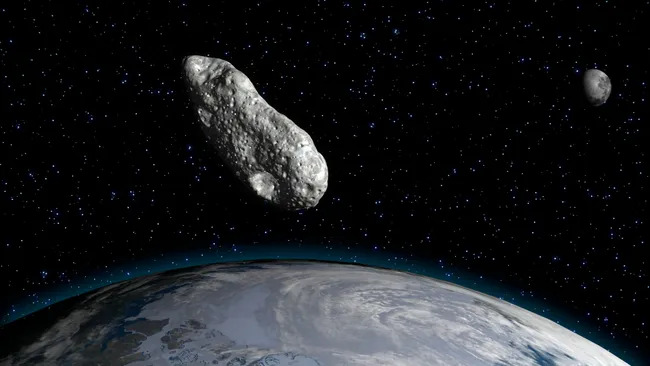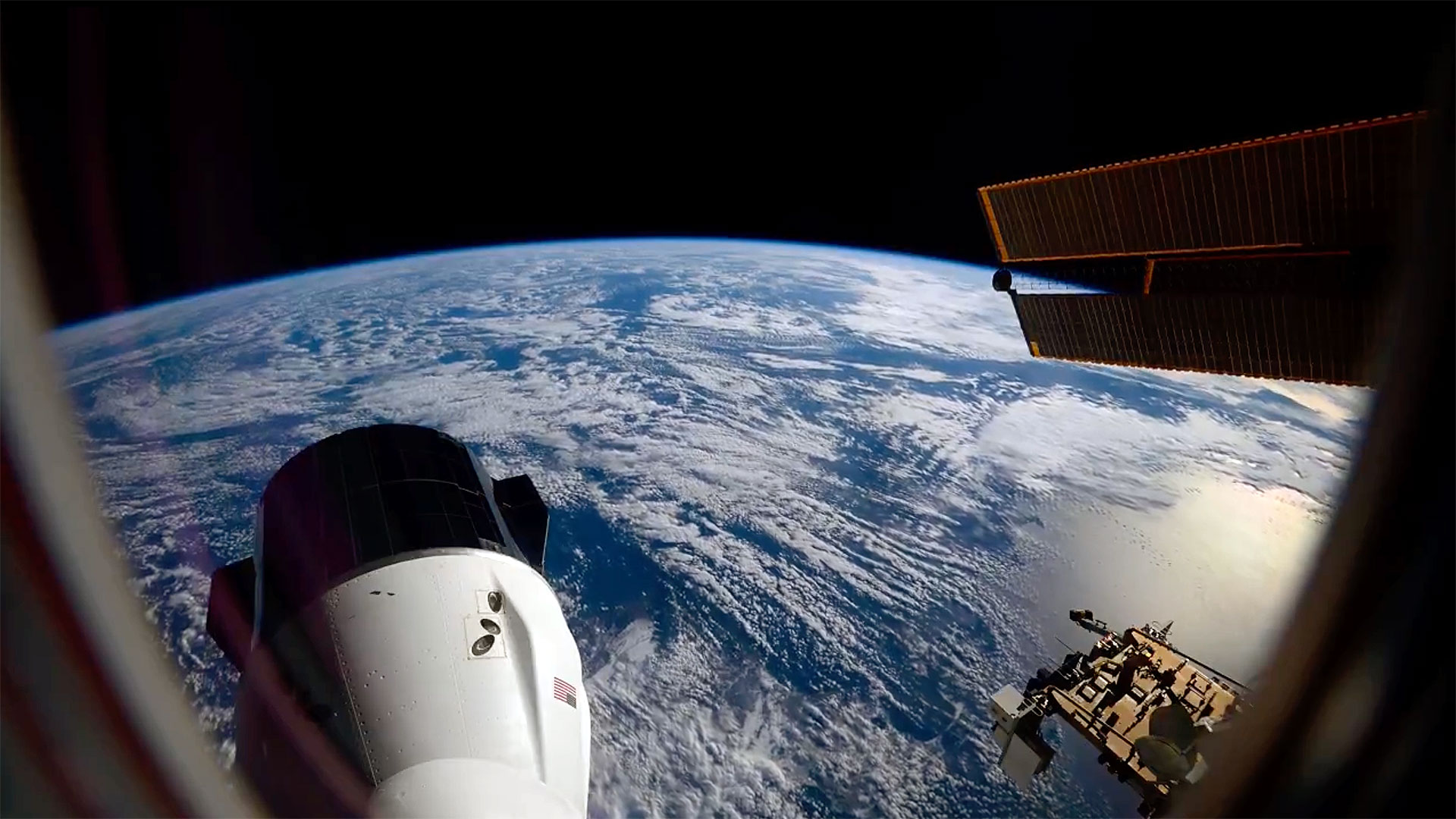Can you see Earth's new 'mini-moon' with the naked eye?
On Sunday, Sept. 29, Earth captured a new "mini-moon" called 2024 PT5. The bus-size asteroid is expected to orbit our planet for 57 days, but is too small to be visible to amateur skywatchers.

On Sunday (Sept. 29), Earth captured a "second moon" that will accompany our planet on its journey around the sun for the next two months.
The clingy space rock is actually a near-Earth asteroid named 2024 PT5, which measures an estimated 33 feet (10 meters) wide, or about the length of a school bus. Snagged by Earth's gravity during an unusually close approach, this "mini-moon" is predicted to orbit our planet for just 57 days; on Nov. 25, the asteroid will break free of Earth's influence and resume its regular orbit of the sun without a chaperone, astronomers wrote in the journal Research Notes of the AAS.
While the idea of a "second moon" may sound surreal and exciting, 2024 PT5 will be a mostly invisible travel companion. Measuring at least 300,000 times smaller than our permanent moon, the new minimoon is far too tiny to be visible to the naked eye — and commercial backyard telescopes and stargazing binoculars won't help much, either.
"The object is too small and dim for typical amateur telescopes and binoculars," study author Carlos de la Fuente Marcos, a professor at Universidad Complutense de Madrid, told Space.com. "However, the object is well within the brightness range of typical telescopes used by professional astronomers."
Related: Earth has caught a 'second moon,' scientists say
That means the only way to see Earth's new moonlet will be to wait for researchers at a professional observatory to release images of it. (However, in the meantime, you can look for the bright comet that will be visible in the morning sky until Wednesday, Oct. 2. Here's everything you need to know to spot Comet C/2023 A3 Tsuchinshan-ATLAS.)
According to the new study, 2024 PT5 likely originated from the Arjuna asteroid belt, a secondary asteroid belt that aligns closely with Earth's orbit. Given its proximity to our planet, the cozy asteroid is expected to make another close flyby of Earth in January 2025, and then another in 2055.
Breaking space news, the latest updates on rocket launches, skywatching events and more!

Brandon has been a senior writer at Live Science since 2017, and was formerly a staff writer and editor at Reader's Digest magazine. His writing has appeared in The Washington Post, CBS.com, the Richard Dawkins Foundation website and other outlets. He holds a bachelor's degree in creative writing from the University of Arizona, with minors in journalism and media arts. He enjoys writing most about space, geoscience and the mysteries of the universe.

